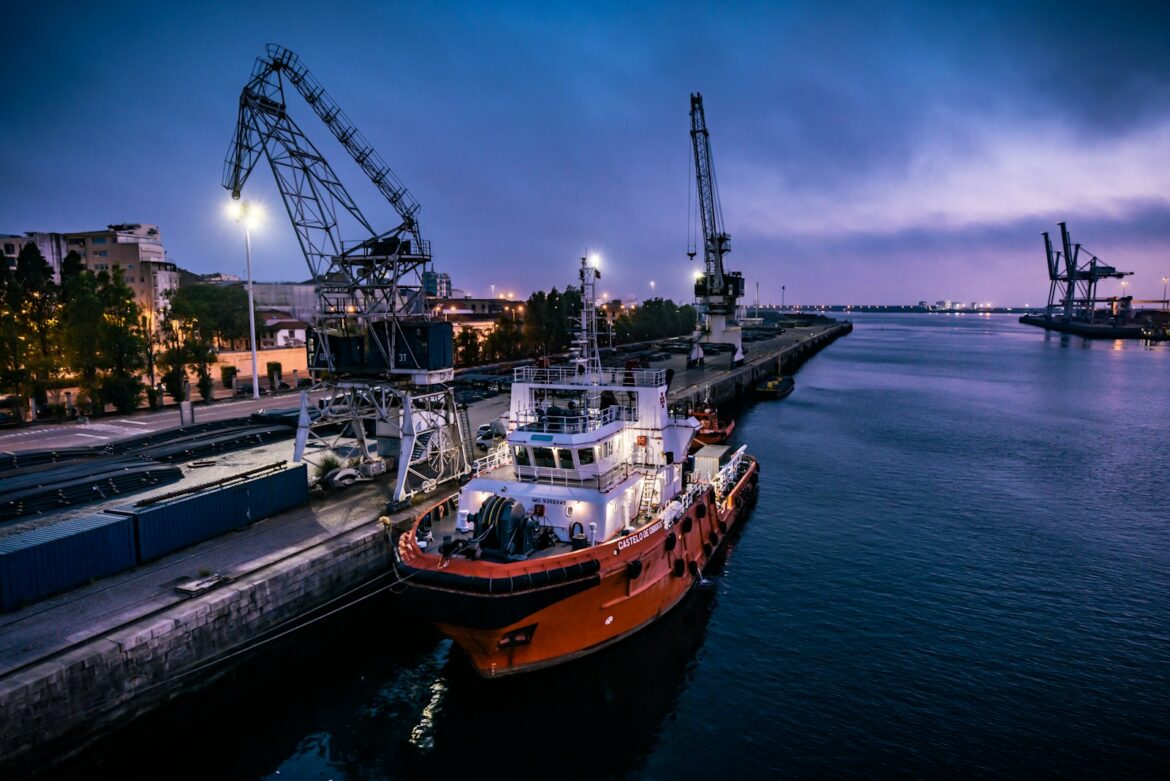
In the vast and intricate world of maritime engineering, marine gears stand as pivotal components, ensuring the seamless and efficient operation of various seafaring vessels. These specialized gears play a critical role in transmitting power from the ship’s engine to its propulsion system, allowing for smooth sailing across the world’s oceans. This blog post delves into the essentials of marine gears, with a particular focus on interval toothing, splines, and split gears—three aspects that significantly enhance the functionality and reliability of marine propulsion systems.
Understanding Marine Gears
Marine gears, fundamentally, are designed to handle the immense power and torque generated by ship engines, facilitating the necessary reduction in speed to drive the propulsion mechanism effectively. Their construction and operation principles are tailored to withstand the harsh marine environment, including factors like saltwater corrosion, temperature fluctuations, and heavy loads, ensuring durability and longevity.
Interval Toothing: Precision in Power Transmission
Interval toothing represents a sophisticated design feature where gear teeth are spaced at specific intervals, rather than being evenly distributed around the gear’s circumference. This design innovation allows for a more uniform distribution of load and stress, significantly reducing the potential for wear and tear. In the context of marine gears, interval toothing contributes to smoother power transmission, enhanced efficiency, and reduced vibration and noise—key factors in the operational performance and comfort of maritime vessels.
Splines: The Backbone of Flexibility and Alignment
Splines are integral to marine gear systems, serving as the means of connecting and securing various components, such as the propeller shaft to the gearbox. These ridged or toothed shafts provide a flexible connection that can accommodate axial movement, allowing for thermal expansion or contraction without compromising the alignment or integrity of the gear system. Splines ensure that power is transmitted efficiently and smoothly, even under the dynamic loads and conditions encountered at sea.
Split Gears: Facilitating Maintenance and Adaptability
Split gears, designed to be separated along a plane perpendicular to their axis, offer significant advantages in terms of maintenance and adaptability. This design allows for easier inspection, repair, or replacement of gear components without the need for complete disassembly of the propulsion system—a vital feature in the maritime industry, where minimizing downtime is crucial. Furthermore, split gears enable adjustments and modifications to be made more readily, providing the flexibility needed to adapt to changing operational requirements or to improve performance.
Marine gears, with their advanced features such as interval toothing, splines, and split gears, are at the heart of maritime engineering, playing a crucial role in the propulsion and overall performance of ships. These components exemplify the intersection of mechanical innovation and practical necessity, ensuring that vessels can traverse the world’s oceans efficiently, reliably, and safely. As maritime technology continues to evolve, the design and functionality of marine gears will undoubtedly advance, further enhancing the capabilities of the global shipping industry.



